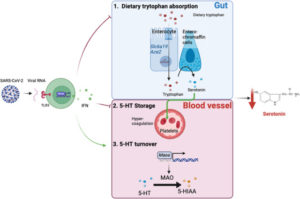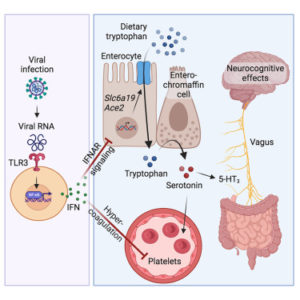Single-cell analysis and spatial resolution of the gut microbiome
Over the past decade it has become clear that various aspects of host physiology, metabolism, and immunity are intimately associated with the microbiome and its interactions with the host. Specifically, the gut microbiome composition and function has been shown to play a critical role in the etiology of different intestinal and extra-intestinal diseases. While attempts to identify a common pattern of microbial dysbiosis linked with these diseases have failed, multiple studies show that bacterial communities in the gut are spatially organized and that disrupted spatial organization of the gut microbiome is often a common underlying feature of disease pathogenesis. As a result, focus over the last few years has shifted from analyzing the diversity of gut microbiome by sequencing of the entire microbial community, towards understanding the gut microbiome in spatial context. Defining the composition and spatial heterogeneity of the microbiome is critical to facilitate further understanding of the gut microbiome ecology. Development in single cell genomics approach has advanced our understanding of microbial community structure, however, limitations in approaches exist. Single cell genomics is a very powerful and rapidly growing field, primarily used to identify the genetic composition of microbes. A major challenge is to isolate single cells for genomic analyses. This review summarizes the different approaches to study microbial genomes at single-cell resolution. We will review new techniques for microbial single cell sequencing and summarize how these techniques can be applied broadly to answer many questions related to the microbiome composition and spatial heterogeneity. These methods can be used to fill the gaps in our understanding of microbial communities.

